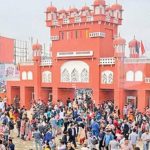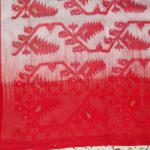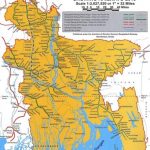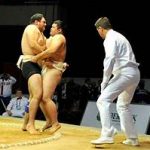
Structure of Education in Russia
Before we can take a look at the structure of education in Russia, it is important to understand what education is all about. Schools are the primary institutions for educating children. They were created as centers of learning and they provide methods of education which children must learn in order to become capable adults. A school has a specific purpose: to provide a state-of-the-art education to students who would otherwise be unable to participate in a competitive environment.
Education in Russia is based on five methods. The educational environment in schools is divided into two types. One type is practical, while the other type is theoretical. The physical aspect of teaching is taught in practical education.
One of the most common problems in Russian school systems is absenteeism. Teachers in Russian schools may get tired and thus lose the motivation to teach. Some teachers get so tired that they cannot take on any more classes. This results in the class being unorganized and not making any progress. The absence of a teacher makes learning impossible.
There are many study aids provided to teachers in Russia. These study aids include assignments, projects, exams, reports, tests, materials, and tests. Teachers use these study aids in order to help students learn how to use them in order to solve problems and retain information. Learning happens when the student takes an active part in a class.
The ruble currency plays an important role in the performance of a student. In order to get one’s teacher’s attention, students need to understand how to handle the ruble currency. Teachers use rubles to pay their expenses such as school books, supplies, etc.
To teach students to use rubles, there are several methods to teach. Teacher skill training classes and workshops are used in order to show students how to use rubles effectively. Teachers use this method of teaching because they know it works.
Ruble money is made up of three components. These components are banknotes, legal tender, and coins. When using these components, a student must know how to make decisions and how to use them properly.
In actual physical currency, one can use the inside of a banknote to make a payment. During an actual physical currency transaction, one can make a payment through cash or cheque. The majority of banks use paper banknotes because they are easier to print. However, in Russia, most people prefer to use the real ruble because they feel it is safer.
The government reserves a certain amount of rubles for each citizen. The ruble goes by the name of “petrodets” in Russia. Therefore, before purchasing petrodets, one needs to go to a government office in order to be issued with the currency.
People have to go to government offices to get the currency because they cannot get it at stores or from street vendors. The exchange rate of one ruble for one petrodets is fixed. People who have the knowledge about how to use petrodets correctly can save money since they will not have to buy petrodets in stores.
One problem with the education system in Russia is that there are no standardized tests. Russian children do not need standardized tests for success in school. However, if children were to be given standardized tests, then students would not learn how to use rubles and how to handle government petrodets. Therefore, tests are still taught in Russian schools.
Understandingthe structure of education in Russia will help you learn the structure of education in Russia. If the government does not have standards for schools, then you should find a school that provides the kind of education that you want. If you are lucky enough to find a good school, then you will be in a position to understand the entire structure of education in Russia.






